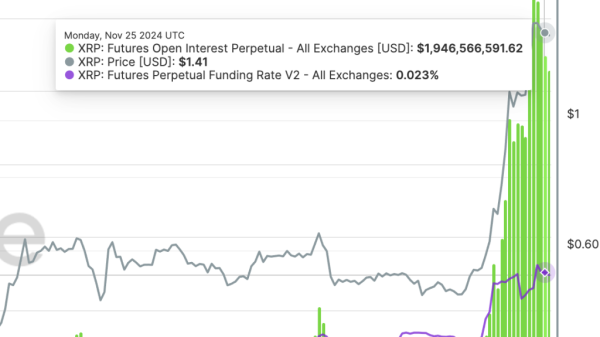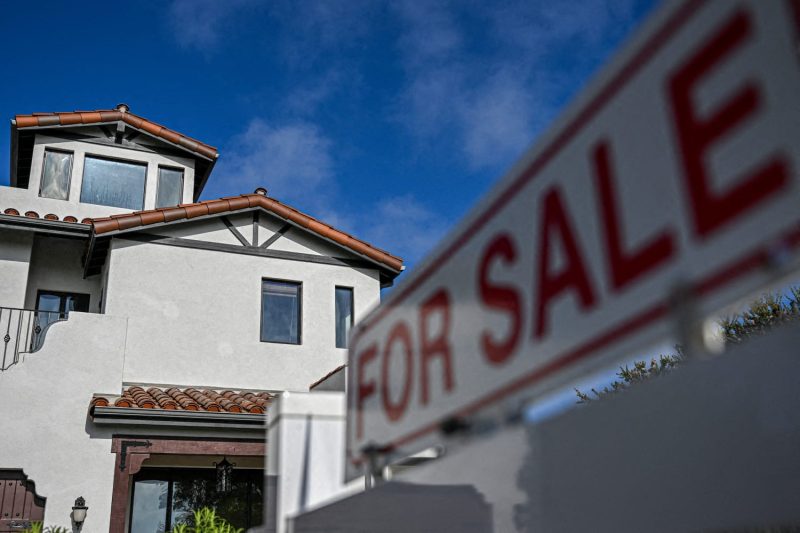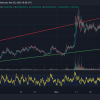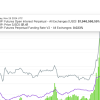According to a post on Godzillanewz, the S&P CoreLogic Case-Shiller U.S. National Home Price NSA Index has revealed a hint of sturdiness in the housing market, with home prices reaching their peak in June 2021. The index, a tool often referred to measure the health of the housing market, witnessed the largest annual gain since 1987, extensively pushed by interest rates that remain historically low and a scarcity of available houses that, in turn, intensify competition among buyers.
June 2021 saw a 23.4% record-breaking increase in U.S. home prices when compared to the same time the previous year. Such a surge signifies the second consecutive month that the growth rate of home price hit the maximum in more than 30 years. Key factors that fueled this increment include low-interest rates and a tight inventory of homes for sale, making the competition fierce among property seekers.
Drawing attention to the regional performance, Phoenix took the helm with a remarkable 29.3% annual price increase for the 25th consecutive month, followed by San Diego with a 27.1% increase. Furthermore, exceptional performance was recorded in cities across the U.S. Chicago delivered the slightest annual rise in home prices at 11.3%, still a figure that surpasses average pricing increments in a typical year.
Heightened home prices have ignited worries for potential homeowners looking to enter the market amidst these peaks. While potential buyers continue to face challenges in their pursuit, homeowners are reaping the rewards of the market situation with their properties appreciating significantly.
While the S&P CoreLogic Case-Shiller Index reflected a robust real estate market across the country, the lack of affordable homes remains a significant concern. It’s a troubling issue that has sparked many buyers to either postpone their home purchasing plans or venture out from densely populated areas into more suburban or rural regions where houses tend to be cheaper.
As can be seen, these soaring prices have altered the dynamics of the U.S housing market massively. However, the continuation of this trend majorly depends on the trajectory of interest rates and housing availability in the future. As supply chains normalize and interest rates potentially rise, this surge in home prices could begin to dissipate. Having said that, the impact of current workplace flexibility, the desire for more space, and relocation possibilities are other factors that need critical evaluation to create a comprehensive future prediction.
The real estate market continues to shift in response to the various challenges and economic developments happening domestically and globally. This period of rising home prices signifies a dynamic time for the housing market. The notable impact across the nation’s cities reflects the multifaceted, often region-specific influences on home values. Overall, the future of the U.S. real estate market remains an intriguing prospect, and only time will tell what lies ahead in this fluctuating landscape.






























